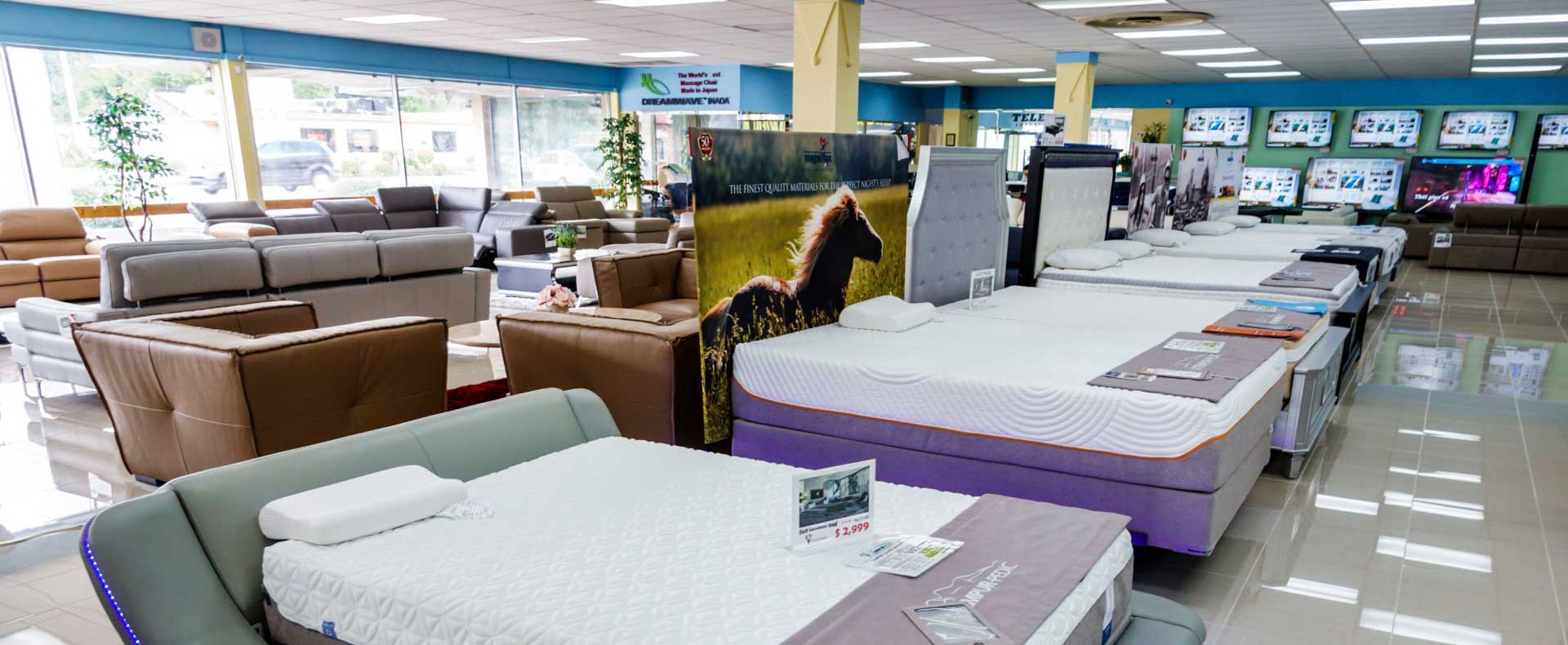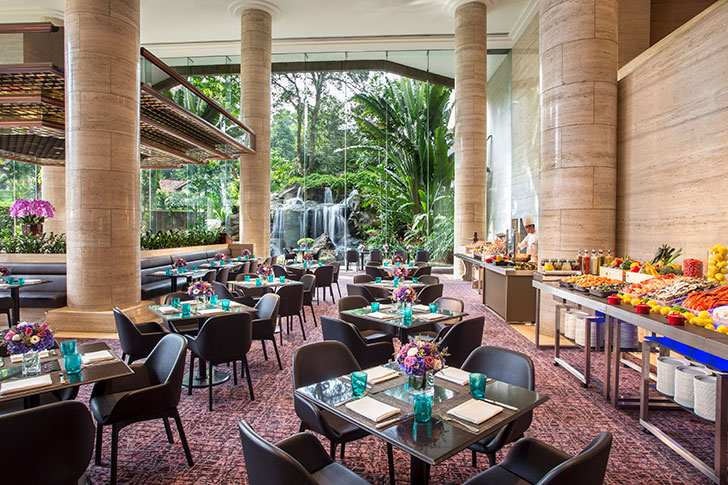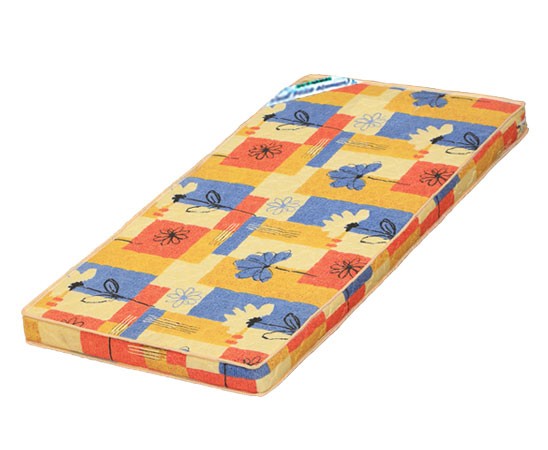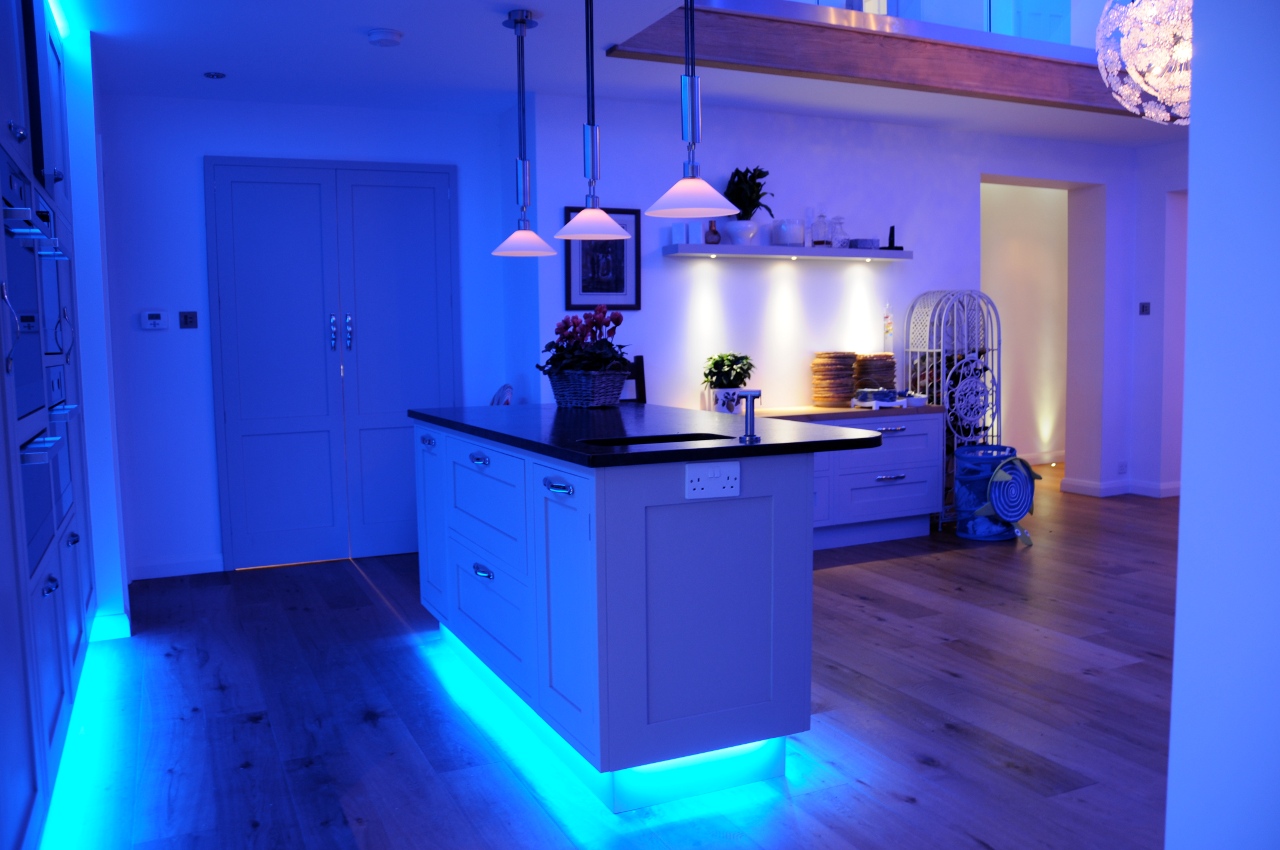In the dawn of civilization, kitchen designs were kept limited to the bare necessities, as it was mainly a place to store, prepare, and cook basic meals. At the time, humans mainly had access to terrestrial-based plant and animal food sources such as wild game, fresh fruits, and vegetables that could be cooked on an open camp fire. It was only later when civilization rapidly developed and people's lifestyles changed that kitchen designs began to include more permanently-built structures with designed features. The earliest primitive kitchen designs were found in what are now known as the Neolithic period. The most common primitive kitchen design layout consisted of a simple fireplace and open air hearth, used for cooking as well as the primary source of warmth and light. The most rudimentary kitchen utensils and tools included a wide variety of clay-based cookware and cutlery, used to store, prepare, and cook food. As civilizations broke out from the nomadic lifestyle of hunting and gathering, humans began to settle down and kitchen designs were adapted accordingly.The Evolution of Primitive Kitchen Designs
The first documented kitchen designs were seen in the ancient Greek and Roman civilizations. In both cases, the kitchen was seen as central living area, consisting of an open and communal concept. Kitchen designs were typically constructed with stone walls and tiles on the floor that would be used to keep the area clean and easy to maintain. Aqueducts and water pipes would be built into kitchen designs to provide a source of running water for cooking and cleaning. Along with running water, kitchen designs from both cultures included a variety of tools, storage spaces, and appliances for quicker and more efficient preparation. In addition to stone kitchens, the Ancient Greeks and Romans had separate kitchens specifically for the lower classes, which consisted of outdoor ovens, used for baking and grilling. Kitchen designs from these two cultures blended seamlessly with the other living areas, as they were both constructed in the same architecture style as living rooms and dining areas. Ultimately, kitchens from both of these ancient cultures set the standard for more modern and efficient kitchen designs later on.Historical Kitchen Design From the Ancient Greeks to the Romans
As civilizations moved on from the antiquity period, kitchen designs shifted from inclusive of all living spaces to taking on an identity of their own. In the Middle Ages, most kitchen designs focused on having a large cooking space that was completely separate from the other living spaces. In some cases, the kitchen was even located in a separate building outside of the home. In terms of materials, kitchen designs in the Middle Ages featured thick stone walls, tiled floors, and most prominently a large, open fire-pit known as a hearth. The biggest addition to kitchen designs in the Middle Ages was the use of herbs, spices, and flavorings as seasoning for food. Herbs were a common part of family gardens and spices were often imported from merchants from the East, which brought a stronger and varied flavor to meals. As a result, kitchen designs in this period had differently-sized earthenware pots and jars, used for storing spices and seasoning.Spicing Up Primitive Kitchen Designs From the Middle Ages
During the 17th Century, kitchen designs began to focus more on increasing space efficiency and convenience. During this era, kitchen designs were typically found in the rural areas, and as such, the design had to suit the needs of the community. In simpler terms, kitchen designs were built to suit the demands of a large family-run farm, firstly providing a large enough space for storage, meal preparation, and cooking. To increase space efficiency, features such as wide-open windows and hardwood-paneled cabinets were added to the kitchen design. The main feature in a 17th-Century farmhouse kitchen design was the fireplace, which would house an open hearth, mainly used for baking family-cooked meals and keeping the area warm. Having a fireplace was especially useful during the winter, when the sun only lit up a household for a few hours each day, making the kitchen a place for gathering after the sun had set.The Rise of Farmhouse Kitchen Designs in the 1600s
As the industrial revolution gained momentum in the 19th Century, kitchen designs saw more of a focus on commercialization. Households would now feature not only one fireplace but two, one for cooking and the other for washing laundry. In some designs, upper-class families had a separate ‘back room’, set back from the main kitchen area and used mainly for preparation and storage space. Common features in kitchen designs during this period included kitchen tables in the center, shelves near the windows, running water, hobs for cooking, and a coal-fired oven. Kitchen designs in this period also saw a rise in amenities such as a sink for running water, a draining board, various large and small cabinets for tools and equipment, a set of wooden spoons and forks, and a set of pans and cauldrons for direct-flames. Despite the costly resources these features needed, it ultimately made the kitchen a much more efficient space for meal preparation and cooking.Kitchen Design Trends of the 1800s
By the 20th Century, kitchen designs developed to become more of the centralized space it is today, incorporating more modern features and amenities. By this point, electricity had become a standard. Sinks were installed with faucets and pumps, refrigerators and freezers became more prominent, and kitchen ranges and stoves became much more commonplace. Kitchen designs in this period also featured more distinct architectural styles such as the Mission and Arts & Crafts Styles, making the kitchen a statement piece of the household. Today, most households consist of some variation of a centralized kitchen design, with most of the same features used throughout the past century.The Kitchen Becomes Centralized in the Early 1900s
As the world moved into the 1950s, kitchen designs saw a disrupter in the form of Mid-Century Modern design. Unlike previous kitchen designs, Mid-Century Modern used a far more minimalistic approach, often stripping away unnecessary features while still making the kitchen a place that people wanted to be in. The main focus of the Mid-Century Modern design was to emphasize functionality and modernity while minimizing the frills. Features commonly found in Mid-Century Modern kitchen designs included geometric-style cabinetry, built-in appliances, sliding glass doors, and flush cabinet doors and faces. Many of these features remain an integral part of modern kitchen design. The Emergence of Mid-Century Modern Kitchen Design
In today's kitchen designs, there is a noticeable focus on those looking to upgrade their kitchen space with more modern trends. For starters, kitchen designs now focus on creating more space-efficient layouts and floor plans that are as visually appealing as they are functional. Kitchen dimensions are now integrated with the rest of the household, featuring modern storage solutions, and accessories. To keep up with the rising food trends, popular materials include stainless-steel countertops, quartz, and stone surfaces. Many kitchen designs also incorporate smart devices such as voice-activated taps, ovens, and refrigerators. When it comes to color, the mix of white and different earthly inspired colors such as gray, blue, and red are popular choices. As a result, the main goal of today's kitchen design is to use the right materials to create an area that is both inviting and practical.Contemporary Kitchen Design Trends
When it comes to lighting design in the kitchen, the focus is on creating balance and sufficient illumination. In most modern kitchen designs, layered lighting is the main priority. Starting from the foundation, direct and ambient lighting should evenly spread throughout the kitchen to provide a balanced, ambient level of light. The use of both pot lights and pendant lights are popular choices for adding direct and indirect illumination to kitchen space. The kitchen should also integrate natural lighting, mainly from windows and skylights. Natural sunlight can work wonders on a kitchen, providing an extra layer of much-needed energy and warmth. Smart window selections are also a great way to save energy in the kitchen, as they can help keep brightness while still providing insulation.Creating a Bright Kitchen Through Design
When it comes to upgrading a small kitchen, the goal is to maximize the available space using smart and creative design techniques. For starters, open shelving is a great way to give a kitchen a more spacious feel. This allows for easy access to dishes, cooking utensils, and other important items while also providing an open and airy feel. Opposite of a kitchen window, a counter-height dining table can also offer a great alternative to a cramped kitchen table. Additionally, if space allows, kitchen islands are a great addition to a small kitchen layout, as they can be used as an additional storage and countertop space. If the kitchen is too small for an island, a rolling cart on casters can do the same job.Small Kitchen Design Hacks
Kitchen design has changed greatly over the centuries, from the basic wild game and open fire hearth of the Neolithic period, to the varied and modern materials, tools, and appliances used in today’s kitchens. In this article, we take a look at kitchen design history and all its evolutions over the past millennium. We will explore the primitive designs of the Neolithic era to the latest in contemporary kitchen designs, to provide you with an overall understanding of the history of kitchen layout design. From the Ancient Greek and Roman civilization, through the rise of farmhouse kitchen designs in the late 1600s, and the emergence of Mid-Century Modern design in the 1950s, we will be taking an in-depth journey in kitchen design history, exploring all the trends, tools, and materials used throughout the years.PRIMARY_Kitchen Design History
The Evolving History of Kitchen Design
 For centuries, the kitchen has served as the heart of most homes. As eating habits and preferences have changed over time, so too have the kitchens in which they’re prepared. The development of kitchen design is thus an evolutionary process, and one heavily influenced by the
trends
and
innovations
of the era.
For centuries, the kitchen has served as the heart of most homes. As eating habits and preferences have changed over time, so too have the kitchens in which they’re prepared. The development of kitchen design is thus an evolutionary process, and one heavily influenced by the
trends
and
innovations
of the era.
The Ancient Greek Kitchen
 The earliest kitchens evolved out of an understanding of food production in ancient Greece. This included the construction of large
outdoor ovens
for cooking
bread
for both the wealthy and the poor. These ovens were surrounded by a variety of other tools, which allowed Ancient Greeks to prepare a wide range of dishes.
The earliest kitchens evolved out of an understanding of food production in ancient Greece. This included the construction of large
outdoor ovens
for cooking
bread
for both the wealthy and the poor. These ovens were surrounded by a variety of other tools, which allowed Ancient Greeks to prepare a wide range of dishes.
The Middle Ages and Beyond
 In many parts of Europe, kitchen design underwent considerable development in the Middle Ages. This included the construction of fireplaces with
spit-roasting
and
grills
to cook meat and fish, as well as the introduction of
food storage
options such as larders and cold cellars.
In many parts of Europe, kitchen design underwent considerable development in the Middle Ages. This included the construction of fireplaces with
spit-roasting
and
grills
to cook meat and fish, as well as the introduction of
food storage
options such as larders and cold cellars.
The 19th & 20th Centuries
 During the 19th century, the industrial revolution brought a range of new appliances such as
cooking stoves
,
refrigerators
, and
ventilation systems
. This allowed for a much wider range of cooking options than ever before. Later in the 20th century, the way kitchens were designed continued to evolve, with the introduction of new materials and technologies as well as more open,
multi-functional
layouts.
During the 19th century, the industrial revolution brought a range of new appliances such as
cooking stoves
,
refrigerators
, and
ventilation systems
. This allowed for a much wider range of cooking options than ever before. Later in the 20th century, the way kitchens were designed continued to evolve, with the introduction of new materials and technologies as well as more open,
multi-functional
layouts.
Modern Kitchen Design
 Today, kitchen design is focused on maximizing space and efficiency while creating an inviting atmosphere. As a result, there is a growing emphasis on
smart storage
, user-centric design,
multipurpose surfaces
, and ergonomics. Importantly, sustainability has become a major focus, with many designs featuring energy-saving appliances and materials.
Today, kitchen design is focused on maximizing space and efficiency while creating an inviting atmosphere. As a result, there is a growing emphasis on
smart storage
, user-centric design,
multipurpose surfaces
, and ergonomics. Importantly, sustainability has become a major focus, with many designs featuring energy-saving appliances and materials.
Conclusion
 From ancient Greece to the modern day, kitchen design has come a long way, constantly changing to reflect evolving requirements and tastes. While future trends remain hard to predict, one thing is certain: whatever happens, the kitchen will continue to be an essential part of the home.
From ancient Greece to the modern day, kitchen design has come a long way, constantly changing to reflect evolving requirements and tastes. While future trends remain hard to predict, one thing is certain: whatever happens, the kitchen will continue to be an essential part of the home.







































































































